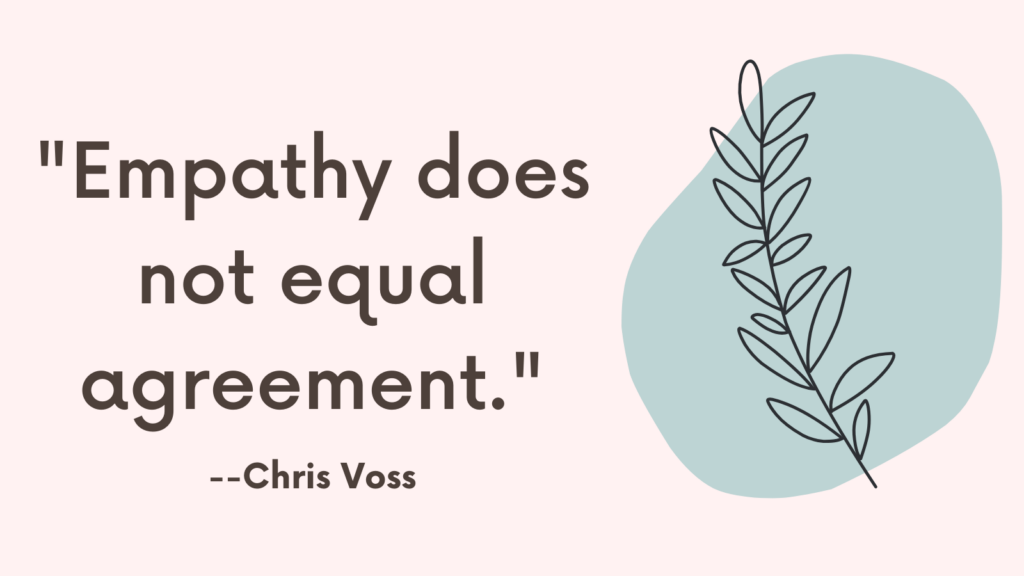This post contains a list of examples of tone of voice issues in relationships as well as ways to address them.
Examples of Tone of Voice Issues In Relationships
Understanding tone of voice issues in relationships is important for identifying and addressing communication challenges.
The tone of voice can greatly impact how a message is received and interpreted by the listener.
Here are some examples of tone of voice issues in relationships and their potential impacts:
1. Condescension
When one partner speaks in a condescending tone, it can convey a sense of superiority or belittlement.
For example, saying “You should know better” or “I can’t believe you don’t understand this” can come across as demeaning and create feelings of inadequacy in the other person.
2. Sarcasm
While sarcasm can be used humorously in some contexts, it can also be hurtful and dismissive in relationships.
Comments such as “Oh, great job” or “Sure, that’s exactly what I wanted” can undermine the seriousness of a conversation and erode trust.
3. Aggressive Tone
Raised voices, harsh inflection, or overtly aggressive language can create an environment of fear and intimidation.
Yelling, shouting, or using threatening language can lead to feelings of anxiety, insecurity, and emotional distress in the recipient.
Related: How To Save Your Relationship From A Breakup? 5 Steps To Strengthen Your Relationship
4. Passive-Aggressive Communication
Passive-aggressive tones involve indirect expression of hostility or resentment.
It can manifest in statements like “Fine, do whatever you want” or “I guess that’s just how things are.” This indirectness can leave the other person feeling confused and unable to address the underlying issues.
5. Dismissive Tone
When a partner uses a dismissive tone, it can indicate a lack of interest or regard for the other person’s feelings or ideas.
Phrases like “That’s not important” or “Stop worrying about it” can lead to feelings of being unheard and unvalued.
6. Mocking or Ridiculing
Mocking or ridiculing tone of voice involves making fun of the other person, their ideas, or their emotions.
Laughing at someone’s suggestions or dismissing their concerns with a mocking tone can cause emotional harm and diminish self-esteem.
Related: I Can’t Talk To My Husband without Him Getting Angry: Top 8 Things to Do
7. Overly Emotional
While emotions are natural and valid, an overly emotional tone can hinder effective communication.
This may involve speaking in a way that appears overly dramatic, hysterical, or excessively emotional, which can cloud the message and make it challenging for the listener to connect with the underlying feelings.
8. Monotone or Apathetic
A flat or apathetic tone can convey disinterest, lack of engagement, or emotional detachment.
It may give the impression that the speaker is indifferent or uninvested in the conversation, leaving the listener feeling unimportant or unacknowledged.
It’s important to note that the impact of tone of voice issues can vary based on individual experiences and sensitivities.
These examples illustrate how different tones can affect the dynamics of a relationship and the emotional well-being of both partners.
Recognizing these tone of voice issues is the first step toward addressing them and fostering healthier communication patterns in relationships.
Related: Best 50 Vulnerable Questions To Ask Your Partner
How to Address Tone of Voice Issues In Relationships?
Addressing tone of voice issues in relationships is crucial for fostering healthy and effective communication.
Recognizing and addressing these issues can lead to improved understanding, empathy, and connection between partners.
Here are some strategies for addressing tone of voice issues in relationships:
1. Raise Awareness
The first step in addressing tone of voice issues is to raise awareness of the impact of tone on communication.
Both partners should acknowledge that the way they speak to each other can significantly influence the dynamics of their interactions and the emotional well-being of their relationship.
2. Reflect on Personal Communication Style
Each partner should take the time to reflect on their own communication style and consider how their tone of voice may affect the other person.
Self-reflection can help individuals identify patterns of speech and recognize when their tone may inadvertently convey negativity or insensitivity.
3. Open Dialogue
Create a safe and open space for discussing tone of voice issues.
Initiate a candid conversation with your partner about the importance of communication and the impact of tone.
Express your willingness to address any tone-related concerns and encourage your partner to share their perspective as well.
Related: Best 100 Let’s Get Deep Questions for Couples
4. Use “I” Statements
When discussing tone of voice issues, use “I” statements to express your feelings and experiences without placing blame.
For example, say, “I feel hurt when the tone of voice becomes condescending” rather than “You always speak condescendingly.”
5. Active Listening
Actively listen to your partner’s feedback about your tone of voice.
Show empathy and receptiveness to their experiences and feelings.
Understanding how your tone may affect them can motivate you to make positive changes in your communication style.
6. Practice Mindfulness
Mindfulness techniques can help individuals become more aware of their thoughts, emotions, and behaviors, including their tone of voice.
Practicing mindfulness can lead to greater self-regulation and enhance the ability to choose a more supportive and respectful tone during conversations.
Related: Fear of Engulfment: What It Is & How to Overcome It
7. Seek Feedback
Request feedback from your partner during and after conversations to gauge the tone of your voice.
This proactive approach can help you identify specific instances where your tone may have been problematic and provide opportunities for immediate adjustments.
8. Implement Timeouts
Agree on using timeouts during conversations if the tone escalates or becomes disrespectful.
Taking a break from the conversation to cool down and collect thoughts can prevent further escalation and allow for a renewed, calmer interaction.
9. Practice Empathy and Validation
Cultivate empathy and validation in your communication by acknowledging your partner’s emotions and perspective.
Using a supportive, validating tone can foster a sense of understanding and trust in the relationship.
10. Collaborate on Solutions
Work together with your partner to develop strategies for improving tone of voice.
Collaborative problem-solving can involve setting mutual goals for communication, practicing specific tone-related exercises, and providing constructive feedback to each other.
Related: Top 7 Early Signs of a Highly Compatible Relationship
11. Celebrate Progress
Acknowledge and celebrate progress in addressing tone of voice issues.
Positive reinforcement and recognition of efforts can reinforce the commitment to healthier communication and strengthen the bond between partners.

Conclusion
By actively addressing tone of voice issues in relationships, partners can cultivate a more supportive, respectful, and emotionally fulfilling communication dynamic.
With patience, open dialogue, and a shared commitment to positive change, partners can work toward creating a harmonious and empathetic communication environment within their relationship.



